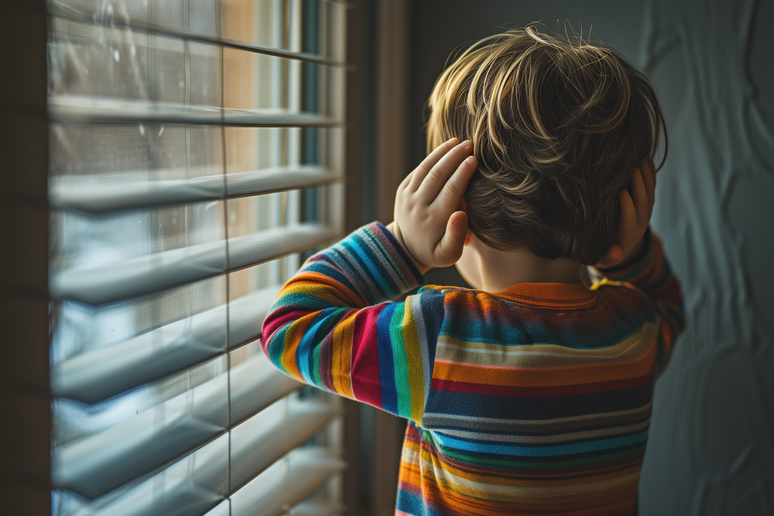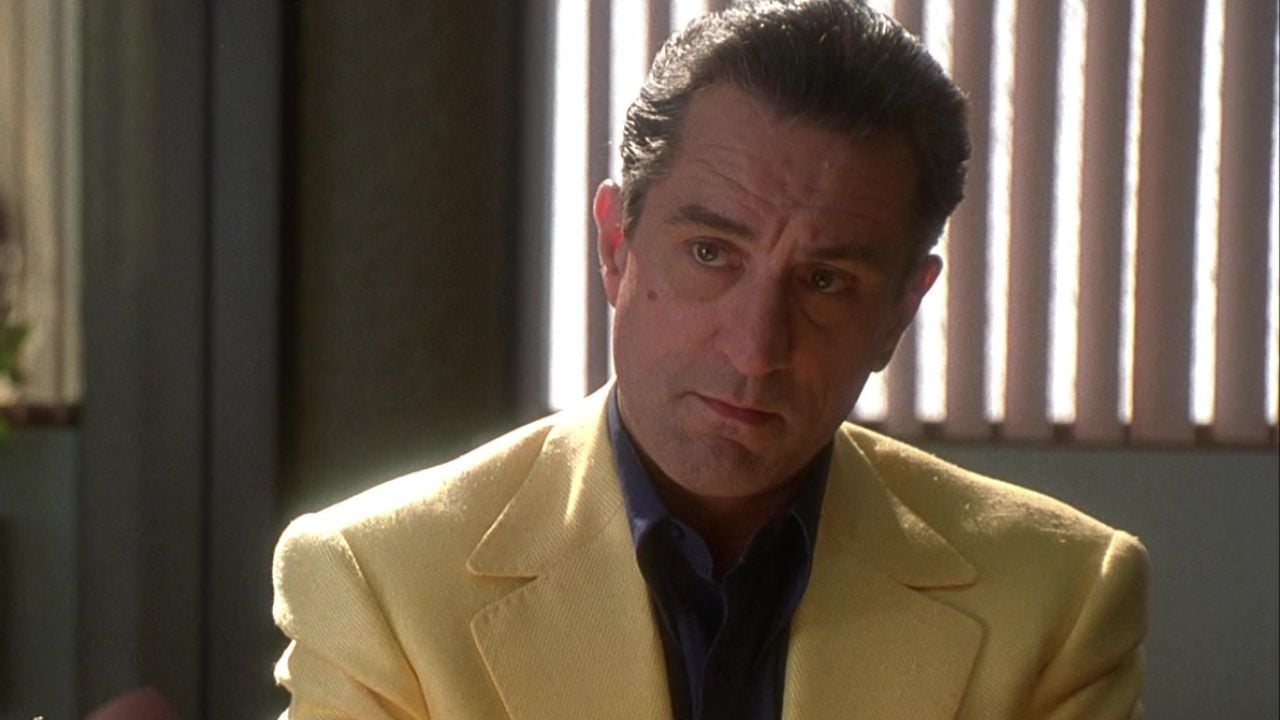The study compared microorganisms in the gut of children with and without ASD; the findings do not indicate a cause-and-effect relationship, experts stress, but they point to new avenues of investigation
People with Autism Spectrum Disorder (ASD) have changes in the microorganisms that make up the gut microbiota, a collection of fungi, bacteria, viruses and other microbes that live in the intestine and are essential for the health and well-being of the digestive system. The discovery was published this week in the magazine Microbiology of nature.
For the study, researchers at the Chinese University of Hong Kong performed metagenomic sequencing of the microbiota of 1,627 children aged between 1 and 13 years. In this way they not only identified the DNA of all the species present, but they were also able to analyze their function and interaction with the environment in which they are found, which intestine. Then, they used machine learning techniques with artificial intelligence to test possible relationships between changes in the microorganisms and the presence of autism spectrum disorder.
In total, the research identified that 14 archaea, 51 bacteria, 7 fungi, 18 viruses, 27 microbial genes, and 12 metabolic pathways were altered in children with ASD, compared to participants without the disorder. According to the authors, the findings could help diagnose the condition in the future.
Currently, ASD is diagnosed after clinical evaluation by a neurologist or psychiatrist, based on reports or observations of the patient’s behavior. In children, this usually occurs between the ages of 2 and 3.
“When we see a study like this, there is always the possibility that, in the future, there will be more reliable biomarkers for the diagnosis of autism. Who knows, even before the clinical manifestations,” says Hélio van der Linden, a pediatric neurologist and member of the Scientific Department of Neurodevelopmental Disorders of the Brazilian Society of Child Neurology (SBNI).
However, the expert stresses the need for caution, as there is no clear cause and effect relationship between the findings of the new research. “This study cannot say whether the children already had changes in the microbiome and this led to autism, or whether children who have autism, due to changes in their diet, mainly food selectivity, can develop secondary changes in the microbiome,” he explains.
Previous research has already shown that people with Autism Spectrum Disorder exhibit changes in bacteria present in the microbiota. “This has already been demonstrated in a previous study, which shows that many of the changes described in people with ASD are due to the diet that the person with ASD follows, which is more restricted because of all the behavioral and sensory problems involved,” says the SBNI neuropediatrician.
The new study breaks new ground by analyzing what it calls “multikingdom,” which includes microorganisms such as fungi, viruses, and archaea, and identifying the ways in which they interact.
“This discovery of the metabolic pathways they describe, such as ubiquinol and thiamine, and the fact that they are less abundant or less frequent in patients with autism, gives us an idea of some biological mechanisms that could be behind the spectrum,” emphasizes Diogo Haddad, neurologist at Hospital Alemão Oswaldo Cruz.
However, experts say further studies are needed to confirm these findings. “Is the gut microbiome of the patient in Brazil the same as the microbiome of the patient in this study, who comes from Hong Kong?” asks Haddad, who believes a multicenter comparative analysis is necessary.
Hospital Alemão specialist Oswaldo Cruz says that it is still necessary to know how these markers can be integrated into clinical practice and what the implications are for patient management. “The study is very important and well done. But the time will come when it will have a greater impact. For now it opens a new path, but we are still far from thinking that we will use it to diagnose the autism spectrum,” he concludes.
Source: Terra
Ben Stock is a lifestyle journalist and author at Gossipify. He writes about topics such as health, wellness, travel, food and home decor. He provides practical advice and inspiration to improve well-being, keeps readers up to date with latest lifestyle news and trends, known for his engaging writing style, in-depth analysis and unique perspectives.







![Tomorrow Belongs to Us: What’s in store for Friday 17 October 2025 Episode 2055 [SPOILERS] Tomorrow Belongs to Us: What’s in store for Friday 17 October 2025 Episode 2055 [SPOILERS]](https://fr.web.img5.acsta.net/img/96/95/96957c8eef9a3bd87daf877432629ae3.jpg)

